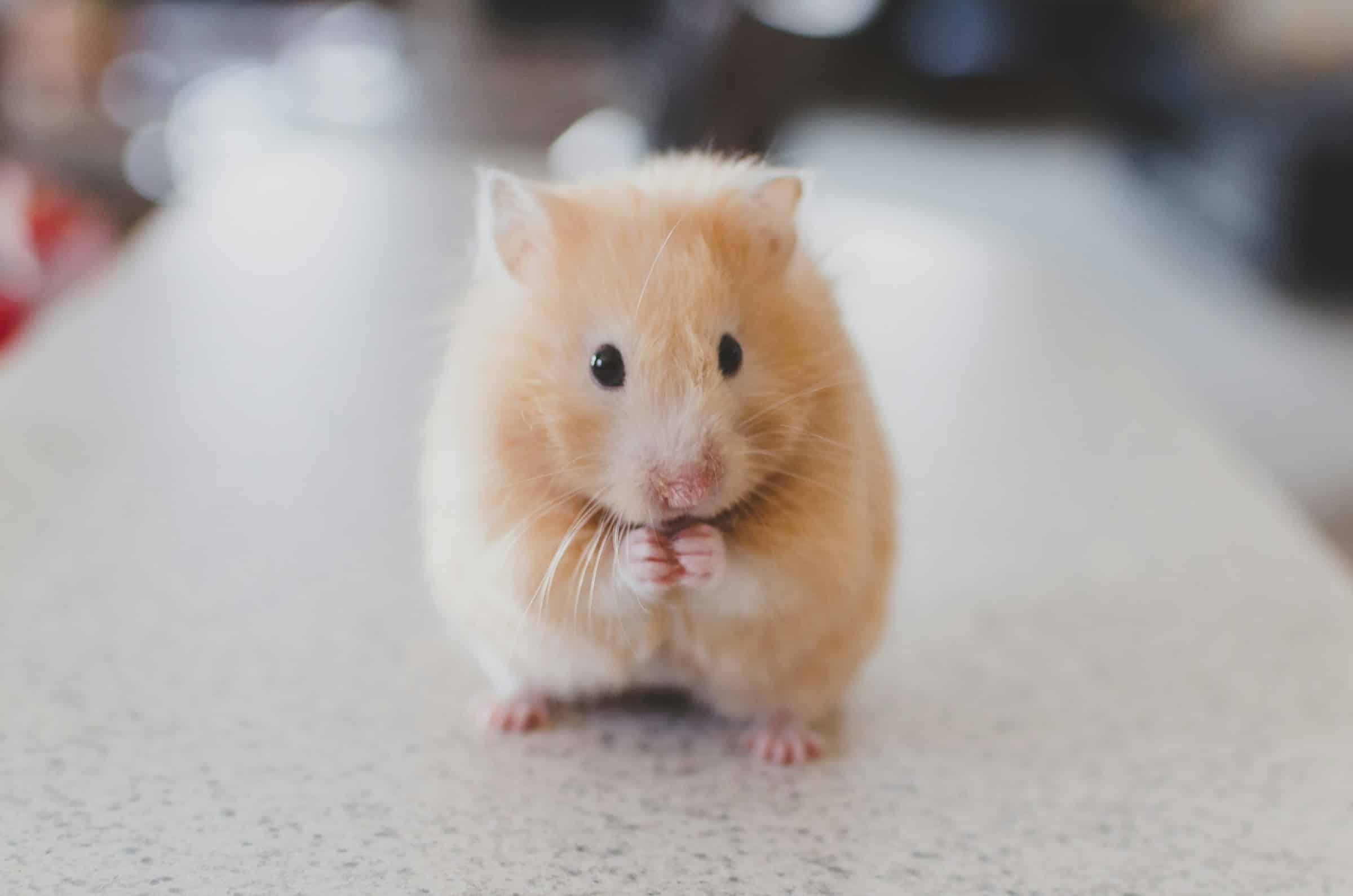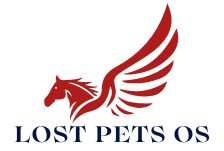How can UK's agricultural sector implement more owl-friendly practices to control rodent populations?

As you may be aware, the UK agricultural sector is constantly striving to balance its productivity with the preservation of wildlife and natural resources. One of the critical issues it faces is the management of rodent populations. These unwelcome inhabitants can trigger significant losses by damaging crops and spreading diseases. Traditionally, farmers have resorted to chemical rodenticides to control these pests. However, such methods pose potential harm to the environment and non-target wildlife species. Recently, there's been a growing interest in adopting owl-friendly practices to keep rodent numbers in check. Owls are natural rodent predators, and by encouraging their presence on farmlands, we can reduce our reliance on harmful chemicals. In this article, we'll explore how the agricultural industry in the UK can implement practices that are friendly to owls and effective in controlling rodent populations.
Creating Owl-friendly Environments
The first step towards adopting owl-friendly practices in agriculture is creating an environment conducive for these nocturnal hunters. Owls prefer open landscapes with a mix of woodland and grassland, which are typical characteristics of farmland. However, changes in farming practices have led to a decline in suitable habitats for these birds.
A voir aussi : How are UK's heritage railways contributing to local wildlife conservation?
To counter this, farmers can incorporate a variety of landscape features to encourage owls. These include maintaining hedgerows and mature trees, creating rough grassland strips alongside fields, and retaining fallow land. In addition, farmers can install nest boxes in trees or on buildings to provide safe and suitable nesting sites. Artificial nest boxes can be particularly useful in areas where natural nesting sites are limited.
It's also essential to ensure that owls have a sufficient food supply. By maintaining a diverse ecosystem on the farm, including small mammals and insects, farmers can provide a steady food source for owls.
A voir aussi : What actions are UK national parks taking to educate visitors about the importance of not feeding wildlife?
Reducing the Use of Chemical Rodenticides
An integral part of owl-friendly farming is reducing reliance on chemical rodenticides. These substances not only contaminate the environment but can also have a harmful effect on non-target species, including owls. When owls consume rodents that have ingested poison, they can also ingest the toxin, leading to secondary poisoning.
Many farmers are now adopting alternative methods of rodent control, such as the use of traps, shooting, and biological control agents. These methods can be just as effective as using rodenticides and pose less risk to non-target species and the environment.
Encouraging Community Participation
Implementing owl-friendly practices isn't just the responsibility of individual farmers. It requires collective action from the entire community. Farmers, landowners, local councils, and conservation groups all have a role to play in facilitating the return of owls to the UK's countryside.
Community initiatives, such as owl monitoring programmes, can be an effective way to track the success of owl-friendly practices. They can provide valuable data on owl populations, habitat use, and changes in rodent populations.
Public education and awareness campaigns can also encourage more people to support owl conservation efforts. By understanding the role of owls in controlling rodent populations and the benefits of owl-friendly farming, the public can contribute to the success of these initiatives.
Obtaining Advice and Support
Farmers looking to implement owl-friendly practices can seek advice and support from various sources. Numerous wildlife and conservation organisations offer guidance on how to create owl-friendly habitats and reduce the use of rodenticides. Some of these organisations also provide nest boxes and other resources to help farmers get started.
Government agencies and agricultural extension services can provide advice on pest management strategies that minimise harm to wildlife. Farmer networks and agricultural organisations can also be valuable sources of information and support.
Monitoring and Evaluation
Any effort to implement owl-friendly practices should include a plan for monitoring and evaluation. This allows farmers to assess the effectiveness of their efforts and make adjustments as needed. Monitoring can involve tracking changes in rodent populations, observing owl nesting sites, and recording sightings of owls.
Evaluation may include analysing the impact on crop yields, assessing the cost-effectiveness of owl-friendly practices, and measuring the benefits to the farm's ecosystem. This information can inform future decisions and contribute to the ongoing improvement of owl-friendly farming practices.
By adopting owl-friendly practices, UK's agricultural sector can take a step towards more sustainable farming. It's a win-win situation - farmers can effectively manage rodent populations, and we can contribute to the conservation of these magnificent birds. It's time to give a hoot about our farming practices!
Adopting Owl-friendly Legislation
In order to cement the adoption of owl-friendly practices in UK agriculture, legislation has a crucial role to play. Presently, there are existing policies that aim to protect wildlife, including owls, but a stronger focus on specific, actionable measures to promote owl populations on farms could be beneficial. This could involve regulations guiding the reduction of chemical rodenticides, the provision of owl-friendly habitats, and policies supporting farmers who commit to these practices.
Lawmakers, environmental agencies, and farming community representatives could collaborate to develop and implement such legislation. These laws should be designed keeping in mind the practicalities of farming operations, the economic impact on farmers, and the ultimate goal of sustainable rodent control. Incorporating financial incentives such as subsidies or tax relief for farmers who adopt owl-friendly practices, could also be beneficial.
In addition to national laws, local council bylaws could also be tailored to encourage owl-friendly farming. This could involve regulations about the maintenance of habitats attractive to owls within farming zones, or the creation of 'owl corridors' between local farms.
To ensure that these laws are effective, a strong enforcement campaign and a transparent system for accountability should be installed. Farmers should be kept informed about the legislation, its benefits, and how to comply. With the proper laws and guidelines in place, the adoption of owl-friendly practices could become a standard part of UK farming.
Conclusion: The Future of Owl-friendly Practices in the UK's Agricultural Sector
As we have seen, the implementation of owl-friendly practices in the UK's agriculture industry requires concerted effort and commitment from all stakeholders. With the right balance of habitat conservation, the reduction of chemical rodenticides, community participation, support, and monitoring, farmers can not only manage rodent populations effectively but also contribute to the conservation of owls and the wider ecosystem.
The introduction of legislation that supports and incentivises these practices could cement their adoption in the long term. Not only would such a shift provide ecological benefits, but it also holds potential economic advantages. By reducing reliance on chemical rodenticides, farmers can save on costs. Moreover, the promotion of biodiversity and the maintenance of healthier ecosystems could also enhance the overall productivity and sustainability of farms.
The journey toward a more owl-friendly agricultural sector involves change and adaptation. However, the rewards of this transition - healthier ecosystems, sustainable farming practices, the preservation of owls, and more effective rodent control - are well worth the effort.
The UK’s agricultural sector has an opportunity to lead by example, showcasing how human activities and conservation efforts can harmoniously coexist. By giving a hoot about owls and embracing owl-friendly practices, we can ensure a bright and sustainable future for both farming and wildlife in the UK.
